Day 302 Last few days we made some good deals and got a couples traditional massage. Soooo relaxing! We also went back to 61 Legion to see if we could do better. This free beer for an hour is like a personal challenge from the bar. It's great!
Today we hired a personal driver to drive us out of the tourism dominated city and into "real" Bali. He is the brother of one of the waiters at the hotel, so we felt good about it. He met us at the hotel at 8:30 in the morning, actually he was over half an hour early we were just sitting down for breakfast. We left the itinerary mostly up to him, with our only request being Ubud for the sacred forest. Once we left the hotel and snaked our way down the crowded alleys and streets of Kuta we hit the main road north towards Denpasar. Even with us bypassing the capital it took us almost an hour to drive about 20 kilometers to our first stop, a suburb just north of Denpasar called Batubulan. Here we were treated to a Balinese traditional dance called The Barong Dance. The dance represents an eternal fight between good and evil spirits. Barong -a mythological animal- represents good and Rangda -a mythological monster- represents evil. The story goes like this:
The tiger and monkey enter. The tiger kills the sons of three men making palmwine in the forest.
The men get angry and attack the tiger, the monkey helps the tiger and one of the mens nose is bitten off.
Servants of Rangda looking for the servants of Dewi Kunti who are meeting their PM Patih.
Two servants of Dewi Kunti bewitched by a Rangda servant meet their Patih and go to Dewi Kunti.
Dewi Kunti also under Rangda spell, sends her son Sadewa to be sacrificed in a forest, Sadewa is tied to a tree. Unknown to Rangda, God Siwa gives Sadewa immortality. When Rangda tries to kill Sadewa and fails, Rangda then surrenders and asks for redemption but instead is killed by Sadewa.
Kalika another Rangda servant also asks Sadewa for redemption but is also refused.
Kalika gets angry and changes into a boar that is defeated...Then a bird but is defeated again.
She then turns into Rangda, so Sadewa turns into Barong.
Rangda is too powerful and the fight is never ending even with the help of Barong followers.
The dance was very entertaining and the live music played to the mood perfectly. In and out of alleys again we were back on the road but not for long. Within a few kms we were in another village called Celuk. This area is known for gold and silver smiths. This was evident as we were driving and seemingly every store advertised these services. We made a stop at one of the stores called Yin Yan and got a look at how silver went from raw material to jewelry. After the quick lesson we browsed their huge showroom full of hand crafted silver. As we were getting into the car, rain started to spit. It was very light so it didn't bother us...yet. We again drove just a few kilometers before stopping again. This time it was in the artistry center village of Batuan.
Here we got a chance to go inside a Hindu temple. We were given Sarongs to put on because entry is forbidden without it or a traditional outfit. Once we had our Sarongs we entered through the gate and explored the temple. It is more like a compound as opposed to just one building. There are numerous statues, carvings and worship areas through out and it even had its own Darong. When you compare the temples (we have walked by many) to the houses people live in, it is clear that there is way more time, energy and resources spent on the houses of the Gods.
We kept on going north through Mas, the woodworking and carving hot bed of the area. The shops went from making jewelry to making anything from wood. All hand carved, statues, tables, exotic doors and everything else. Some shops the workers sit out front carving away. The streets once again are very narrow, both sides are filled with shops seemingly never ending just like the bikes whizzing by sometimes far too dangerously.
At some point during this drive the constant buildings hugging the roadside were now and then interrupted by plantations. Mostly rice plantations to be exact. This was the sign that we were getting close to the Rice Terraces of Tegallalang. By the time we got here, the rain was coming down pretty hard. Part of the reason is we have been gradually climbing up the mountain side. Through the rain and the gaps in the shops we could see the Rice Terraces for a few kilometers before we arrived at a cafe. There is a lookout but it was too wet. This was better anyway as we could enjoy a nice lunch while taking in the view. The lush grass steps looked ever so green and beautiful. It is amazing that the rain doesn't wash the walls away. After lunch we drove back down the mountain through massive puddles on our way to Ubud.
When we got to Ubud our first stop was the sacred Monkey Forest. It was still raining and luckily our driver had a pair of umbrellas. We got out, bought some bananas and entered the forest. It did
not take long for the clever monkeys to notice the bananas. Within minutes we lost half of them (without a single good pic), so Jenn figured she would put some in her pocket. That lasted till the next monkey showed up. With ease he climbed her legs stuck its hand into Jenn's pocket and stole the banana. About halfway through we found an employee "monkey expert", who told us how to keep the monkeys around. He said hold the banana above you head in the air. We bought a couple more and did what he said and it was awesome. The monkeys grabbed the banana and sat on our shoulders while eating it. On the way out of Ubud we stopped in the village center at a traditional Balinese market. One word...frenzy. It was ram packed with stalls and the stalls were filled with stuff. It had a courtyard that was open but inside the stalls and on the second floor it was hard to move due to narrow walkways and clutter. The vendors were also very pushy, even grabbing our arms and trying to pull us around. It was nuts!
The last stop on our journey was a coffee plantation. Teba Sari is located in the village of Lodtunduh. Amongst a wide variety of organic herbal teas and coffees, they are makers of Luwak coffee. This is a major specialty item. Only about 500 kilos are produced a year and the price is upwards of $500/kilo!! So why is this coffee so special. Well it's kinda weird but tasted great. The Luwak (Asian Palm Civet) is a tree mammal native to the island of Sumatra. Its favourite food is ripe red coffee cherries. It eats only the prime coffee cherries chosen by itself, intact, ripe and clean. The coffee cherries eaten by the Luwak passes its digestive tract with its natural fermentation, then he poops them out. Once cleaned the cherries are broken open and the beans removed, and the rest is the usual. On this plantation everything is done by hand and the natural way. Once we seen and tried the process we got to try a whole whack of coffee and tea flavours. The Luwak coffee was rich and phenomenal. On the way back we took another route, this road was the home to all the stone artists. Statues lined the streets by the thousands. This concluded our day out in true Bali. The sights and sounds were amazing.
Barong, Rangda & Monkey Business
Monday, December 17, 2012
 Tegallalang, Bali, Indonesia
Tegallalang, Bali, Indonesia
Other Entries
-
87Hot Termites
Sep 3078 days prior Undara Volcanic National Park, Australiaphoto_camera6videocam 0comment 0
Undara Volcanic National Park, Australiaphoto_camera6videocam 0comment 0 -
88Lava Tubes
Oct 0177 days prior Undara Volcanic National Park, Australiaphoto_camera24videocam 0comment 2
Undara Volcanic National Park, Australiaphoto_camera24videocam 0comment 2 -
89Rim Job
Oct 0276 days prior Normanton, Australiaphoto_camera8videocam 0comment 0
Normanton, Australiaphoto_camera8videocam 0comment 0 -
90I Can See For Miles....
Oct 0375 days prior Mount Isa, Australiaphoto_camera10videocam 0comment 0
Mount Isa, Australiaphoto_camera10videocam 0comment 0 -
91Driven
Oct 0573 days prior Tennant Creek, Australiaphoto_camera9videocam 0comment 0
Tennant Creek, Australiaphoto_camera9videocam 0comment 0 -
92Daly Times
Oct 0771 days prior Mataranka, Australiaphoto_camera12videocam 0comment 0
Mataranka, Australiaphoto_camera12videocam 0comment 0 -
93Litchfield Did, Kaka-didn't
Oct 0969 days prior Litchfield National Park, Australiaphoto_camera11videocam 0comment 0
Litchfield National Park, Australiaphoto_camera11videocam 0comment 0 -
94Darwin Theory
Oct 1266 days prior Darwin, Australiaphoto_camera0videocam 0comment 0
Darwin, Australiaphoto_camera0videocam 0comment 0 -
95Sunsets Darwin
Oct 1860 days prior Darwin, Australiaphoto_camera18videocam 0comment 0
Darwin, Australiaphoto_camera18videocam 0comment 0 -
96We Be Clubbin'!!
Oct 2355 days prior Darwin, Australiaphoto_camera9videocam 0comment 0
Darwin, Australiaphoto_camera9videocam 0comment 0 -
97Lingering...
Nov 0245 days prior Darwin, Australiaphoto_camera5videocam 0comment 0
Darwin, Australiaphoto_camera5videocam 0comment 0 -
98Packing Heat
Nov 1136 days prior Katherine, Australiaphoto_camera7videocam 0comment 0
Katherine, Australiaphoto_camera7videocam 0comment 0 -
99Tons Of Work
Nov 1829 days prior Katherine, Australiaphoto_camera0videocam 0comment 2
Katherine, Australiaphoto_camera0videocam 0comment 2 -
100Mango Mania Is Over
Dec 098 days prior Katherine, Australiaphoto_camera30videocam 0comment 0
Katherine, Australiaphoto_camera30videocam 0comment 0 -
101Birthday Girl
Dec 116 days prior Darwin, Australiaphoto_camera3videocam 0comment 0
Darwin, Australiaphoto_camera3videocam 0comment 0 -
102Kuta
Dec 134 days prior Kuta, Indonesiaphoto_camera23videocam 0comment 0
Kuta, Indonesiaphoto_camera23videocam 0comment 0 -
103All You Can...
Dec 152 days prior Kuta, Indonesiaphoto_camera9videocam 0comment 0
Kuta, Indonesiaphoto_camera9videocam 0comment 0 -
104Barong, Rangda & Monkey Business
Dec 17 Tegallalang, Indonesiaphoto_camera50videocam 0comment 0
Tegallalang, Indonesiaphoto_camera50videocam 0comment 0 -
105Who Woulda Thought...Celebrities
Dec 203 days later Kuta, Indonesiaphoto_camera15videocam 0comment 0
Kuta, Indonesiaphoto_camera15videocam 0comment 0 -
106Rollin' Down Back Streets...
Dec 225 days later Uluwatu, Indonesiaphoto_camera32videocam 0comment 0
Uluwatu, Indonesiaphoto_camera32videocam 0comment 0 -
107Shaken Down!!
Dec 236 days later Sanur, Indonesiaphoto_camera17videocam 4comment 0
Sanur, Indonesiaphoto_camera17videocam 4comment 0 -
108Caged Eve
Dec 247 days later Kuta, Indonesiaphoto_camera3videocam 0comment 0
Kuta, Indonesiaphoto_camera3videocam 0comment 0 -
109Inkmas
Dec 258 days later Darwin, Australiaphoto_camera4videocam 0comment 0
Darwin, Australiaphoto_camera4videocam 0comment 0 -
110More U
Dec 2811 days later Uluru-Kata Tjuta National Park, Australiaphoto_camera10videocam 0comment 0
Uluru-Kata Tjuta National Park, Australiaphoto_camera10videocam 0comment 0 -
111Sunrise Opal
Dec 2912 days later Coober Pedy, Australiaphoto_camera13videocam 0comment 0
Coober Pedy, Australiaphoto_camera13videocam 0comment 0 -
112Gateway
Dec 3013 days later Port Parham, Australiaphoto_camera4videocam 0comment 0
Port Parham, Australiaphoto_camera4videocam 0comment 0 -
113M-Aide It For NYE
Dec 3114 days later Adelaide, Australiaphoto_camera3videocam 0comment 0
Adelaide, Australiaphoto_camera3videocam 0comment 0 -
114Great Start
Jan 0216 days later Cape Jervis, Australiaphoto_camera7videocam 0comment 0
Cape Jervis, Australiaphoto_camera7videocam 0comment 0 -
115No-Zone
Jan 0721 days later Kingscote, Australiaphoto_camera10videocam 0comment 0
Kingscote, Australiaphoto_camera10videocam 0comment 0 -
116Seals & Seas
Jan 0923 days later Flinders Chase, Australiaphoto_camera27videocam 0comment 0
Flinders Chase, Australiaphoto_camera27videocam 0comment 0 -
117Sand N Surf
Jan 1226 days later Kingscote, Australiaphoto_camera13videocam 1comment 0
Kingscote, Australiaphoto_camera13videocam 1comment 0 -
118Larry The Lobster
Jan 1832 days later Kingston Se, Australiaphoto_camera8videocam 0comment 0
Kingston Se, Australiaphoto_camera8videocam 0comment 0 -
119Port Authority
Jan 1933 days later Beachport, Australiaphoto_camera7videocam 0comment 0
Beachport, Australiaphoto_camera7videocam 0comment 0 -
120Dolphin Drive
Jan 2034 days later Port MacDonnell, Australiaphoto_camera12videocam 0comment 0
Port MacDonnell, Australiaphoto_camera12videocam 0comment 0 -
121Into The Blue...No Volcano...No The Cave
Jan 2236 days later Mount Gambier, Australiaphoto_camera8videocam 0comment 0
Mount Gambier, Australiaphoto_camera8videocam 0comment 0 -
122Lost Blowholes
Jan 2337 days later Portland, Australiaphoto_camera4videocam 0comment 0
Portland, Australiaphoto_camera4videocam 0comment 0

 Tegallalang, Bali, Indonesia
Tegallalang, Bali, Indonesia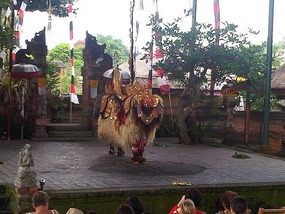
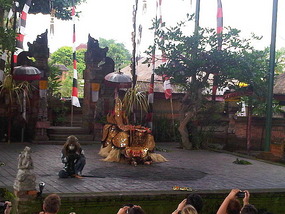
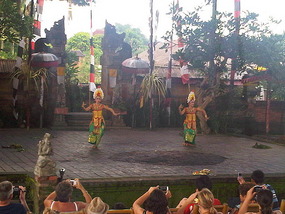
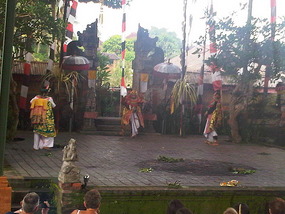
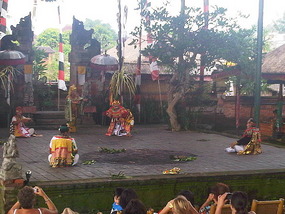
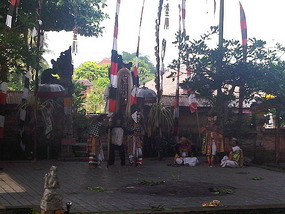

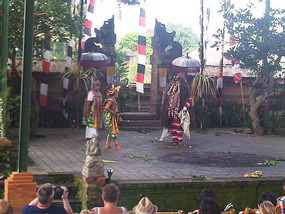

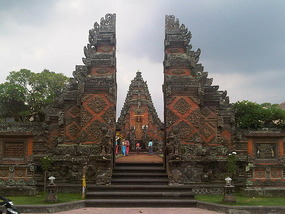

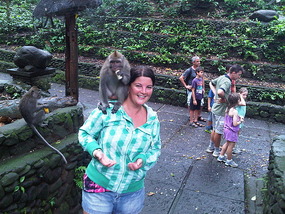
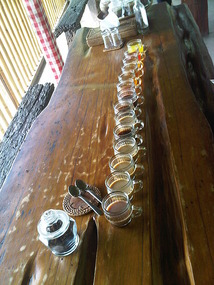


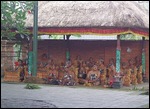
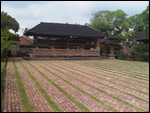
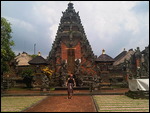
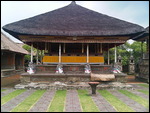
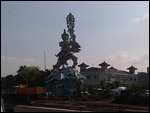
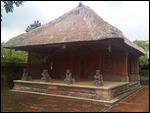
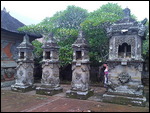
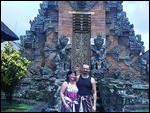
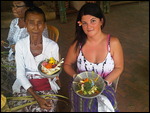
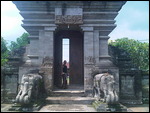
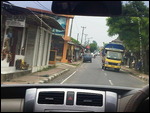
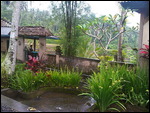
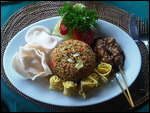

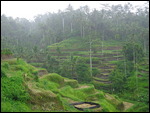
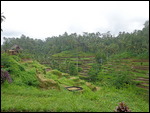
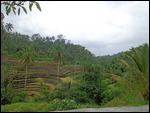
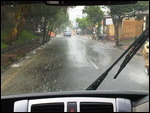
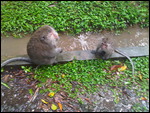
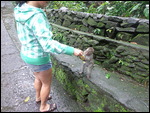
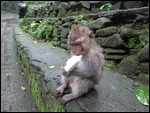
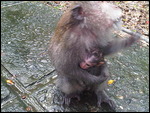
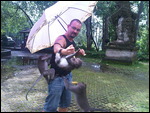
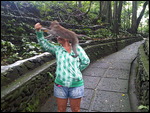

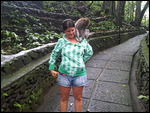
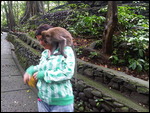
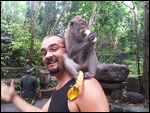
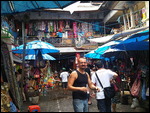
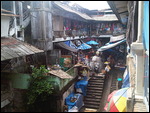
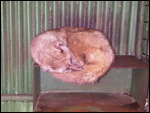
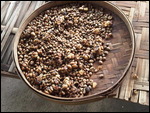
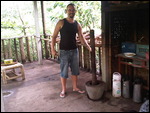
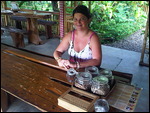
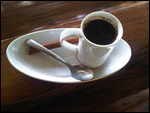
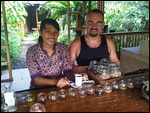
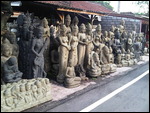
2025-05-23